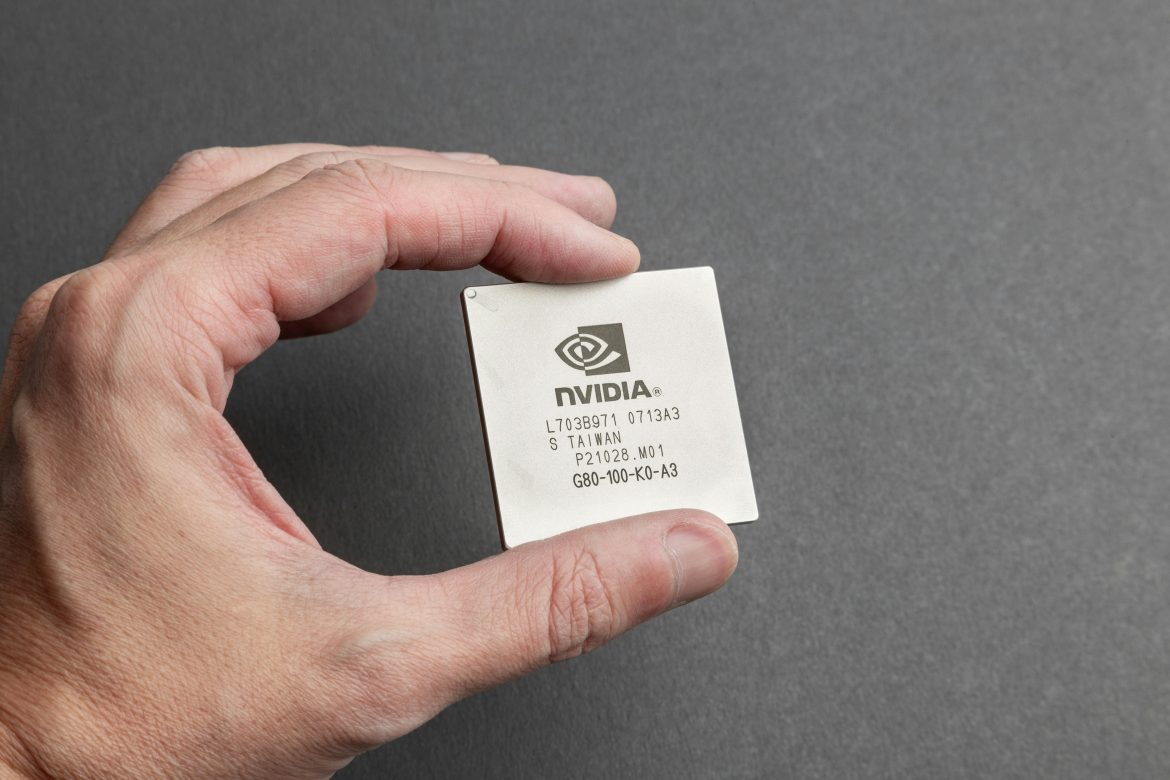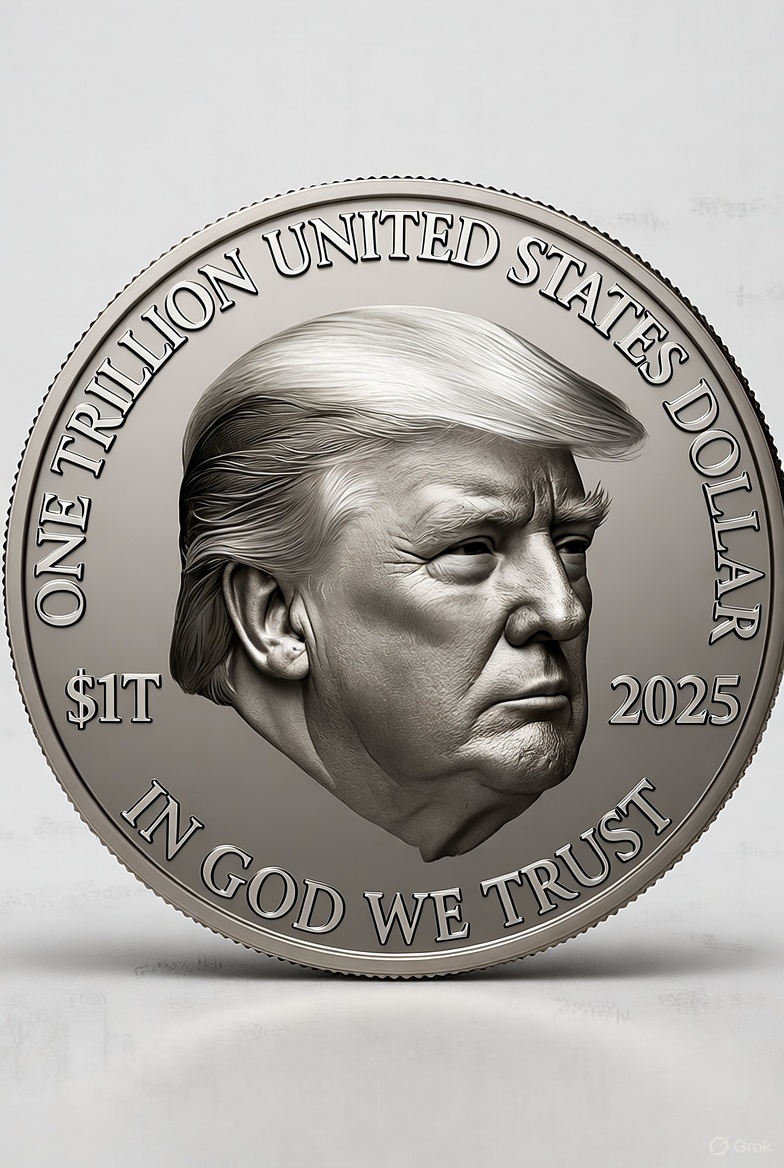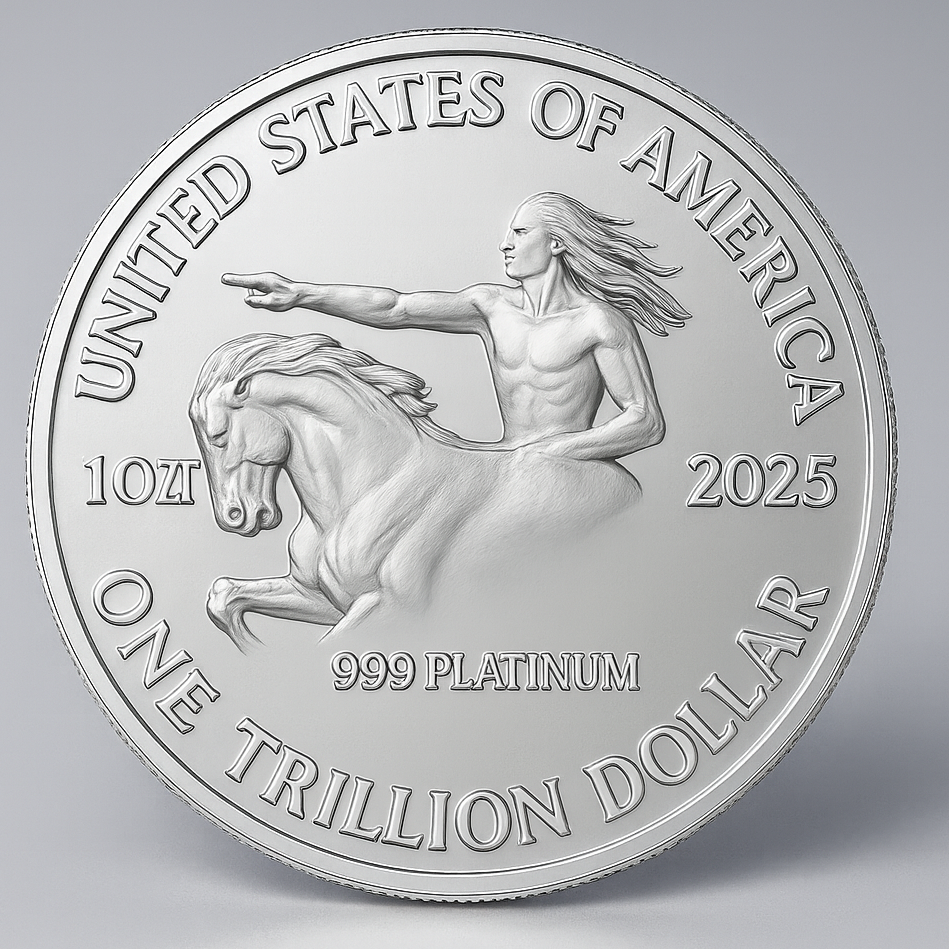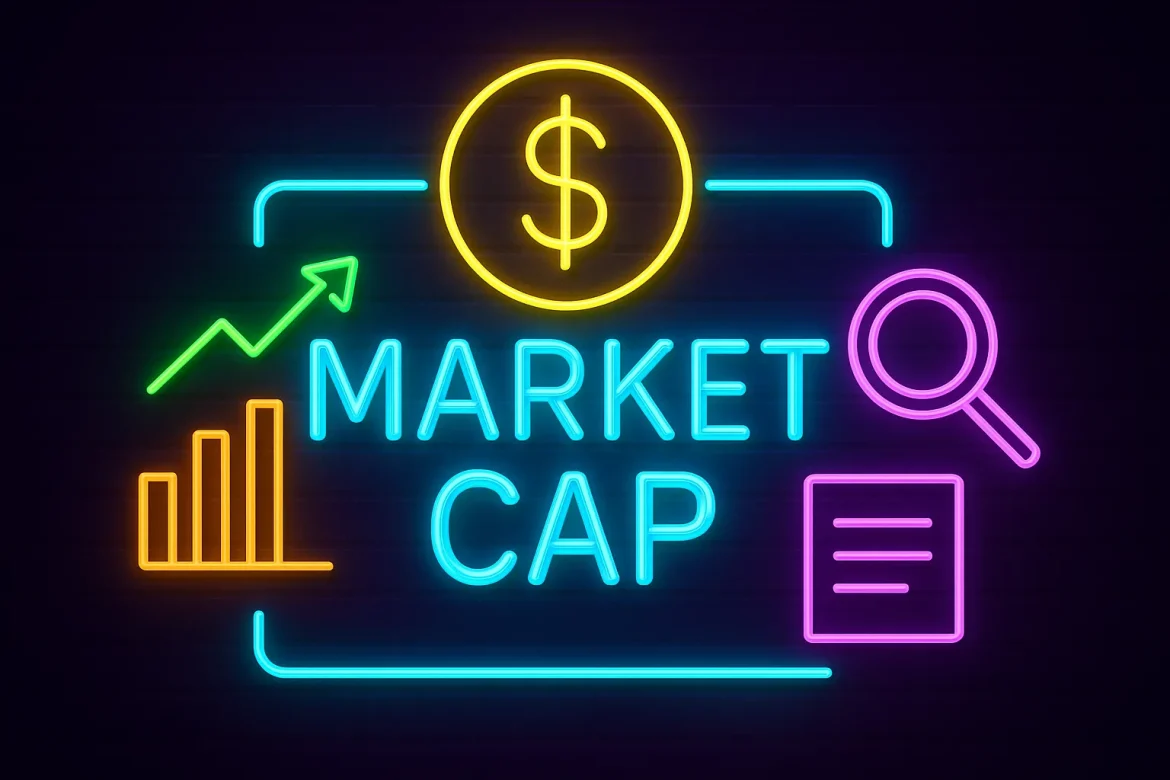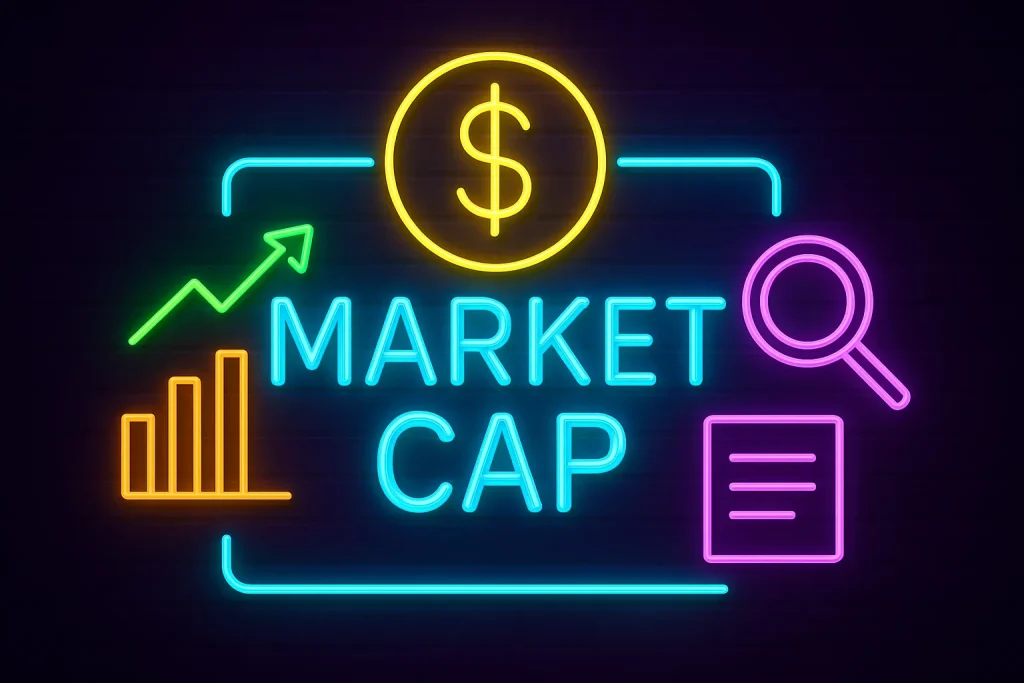NVIDIA’s $5 Trillion Milestone: A Garage Dream, Free Markets—and Why Market Cap Matters
MarketCap.com | Markets
NVIDIA’s $5 Trillion Milestone: A Garage Dream, Free Markets, and Why Market Cap Matters
By Steinar Vigdel Kolnes · Editor: Steinar Vigdel Kolnes · Published October 29, 2025

A founder who once borrowed money from his parents to pursue graphics chips now helms the first $5 trillion public company. NVIDIA’s rise is not just a headline—it’s a parable about democratic capitalism rewarding invention, risk, and persistence.
From Parent Loans to the AI Engine Room
In the 1990s, Jensen Huang co-founded NVIDIA and, famously leaned on family help to get started.
Those early GPUs targeted gaming and workstations; the leap was recognizing that massively parallel graphics processors could accelerate everything from scientific computing to modern AI.
That bet now defines the most valuable compute franchise on earth.1
$5 Trillion, Twice Bitcoin’s Cap, and “Five Years of Military Superpower” Money
Crossing $5T puts NVIDIA at more than 2× Bitcoin’s recent market value (≈$2.25T), and conceptually large enough to “fund” a top-tier military for multiple years.
The U.S. defense budget runs in the high hundreds of billions annually; in round numbers, $5T would cover roughly ~five years of U.S. defense outlays, underscoring how private markets now scale to nation-state size.2,3
Peer Check (approx., Oct 29 2025): Microsoft (~$4.0T), Apple (~$4.0T), Alphabet (~$3.3T), Amazon (~$2.4T), Meta (~$1.9T), Broadcom (~$1.7–1.8T). Each built in deep, liquid, largely free markets. 4
Aramco’s Different Path
Contrast the bottom-up market story with Saudi Aramco’s 2019 IPO.
Political aims helped shape an initial ~$2T valuation, briefly the world’s largest, yet price gravity and cycles later tugged it down.
Markets ultimately arbitrate value, not mandates.5
My homecountry Norway, Moment of Reflection: Wealth Tax, Exit Rules, and Entrepreneurship
Norway runs the world’s largest sovereign fund (~$2T).
At home, the formuesskatt (wealth tax) and tightened exit-tax rules have become flashpoints.
Supporters see fairness and broad contribution; critics say the structure taxes owners on paper gains, nudging founders and capital abroad.
The debate has grown louder in 2024–2025 as relocation headlines mount and policymakers keep revising rules.6
On the Contrary to the USA: How Corrupt Norwegian Courts Destroy Early Startups
Norwegian media reported that during civil litigation, where we, the founders of Biofuel AS, were the plaintiffs, the sitting judge handling our case was contacted and later hired by the defendant Statoil (now Equinor). This was a blatant conflict of interest that struck at the heart of judicial integrity.
What followed exposed a systemic problem of corruption in the Norwegian courts, reaching all the way to the Supreme Court. Judges could be influenced or effectively bought without facing any real consequences. (Google: “Statoil employed judge”)
The same Equinor executive who hired the judge behind our backs, Siv Helen Rygh Torstensen, was later rewarded with the position of Vice Chair of Norway’s Council on Ethics. That is the same body which advised the $2 trillion Global Pension Fund to divest from Caterpillar Inc. because the company sold equipment to Israel. The hypocrisy could not be clearer.
This corrupt episode ruined us as founders and bankrupted our company, which under fair conditions might have been a unicorn today. It stands as a warning of how deep the rot has spread in Norway’s institutions and why true transparency, accountability and justice are essential for any nation that claims to respect the rule of law.7,8,9
Capitalism’s Core Lesson
NVIDIA’s ascent, from a parent-financed bet to $5 trillion MarketCap shows how free and innovative markets in democracies with working juridical systems in place, channel capital toward talent and ideas.
That’s why market capitalization (MarketCap) matters: it is the ledger line where belief, results, and scalability meet.
Build environments that respect risk-taking, competition, and clean governance, and you invite the next $5 trillion story.
Notes & Sources:
1) NVIDIA passes $5T market cap; contemporary coverage and data.
2) Bitcoin market cap snapshots (late Oct 2025).
3) U.S. defense spending ≈ high-hundreds-of-billions per year (conceptual comparison).
4) Company market-cap ranges as of Oct 29 2025 (representative sources).
5) Saudi Aramco IPO (Dec 2019) valuation context.
6) Norway’s wealth-tax and exit-tax debate (rules & reporting).
7) Media coverage of the “judge hired by Statoil” controversy (2012–2014 reporting).
8) Council on Ethics—current membership (Vice Chair: Siv Helen Rygh Torstensen).
9) On Caterpillar divestment context and Council role (general background).
Editor’s note: Opinions expressed are those of the author.
Allegations referenced are attributed to publicly available reporting and sources cited above.

